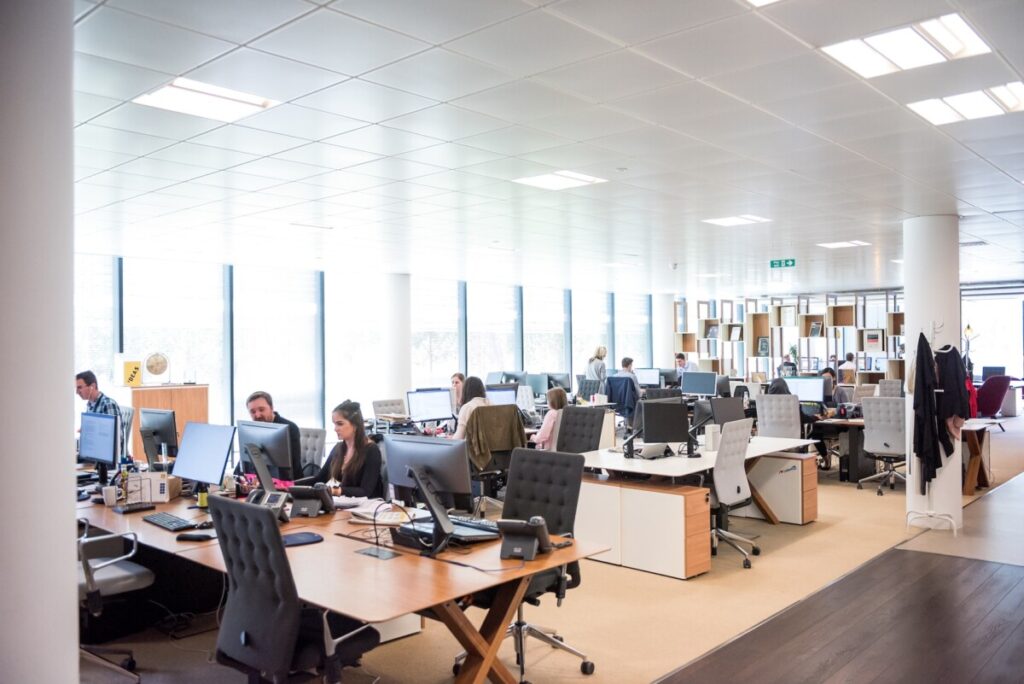After two years of adapting to remote work due to the pandemic, the world is slowly transitioning back to the office. While the return to in-person work may bring a sense of normalcy, it can also be a challenging adjustment. From readjusting to office routines to reconnecting with colleagues face-to-face, navigating this transition requires flexibility and resilience. In this article, we’ll explore effective strategies to cope with going back to the office after an extended period of remote work. Get ready to embrace the new normal and make a smooth transition into the in-person work environment!
Ease into the Transition:
Returning to the office after an extended period of remote work can be overwhelming. Ease into the transition by gradually reintroducing office routines. Start with a hybrid schedule if possible, alternating between remote and in-person work to give yourself time to readjust. Use this period to familiarize yourself with any new protocols or changes in the workplace.
Reconnect with Colleagues:
Building and maintaining relationships with colleagues is vital for a positive work environment. Take the opportunity to reconnect with your coworkers face-to-face. Schedule informal catch-ups or team-building activities to rebuild camaraderie and foster a sense of belonging. Remember, social connections can enhance productivity and overall job satisfaction.
Manage Expectations:
Be mindful of the fact that the work dynamics may have shifted during the remote work period. Communication styles, priorities, and processes may have evolved. Take the time to understand any changes in expectations and communicate openly with your colleagues and supervisors. Be patient and adaptable as you adjust to new workflows and procedures.

Establish Boundaries:
Remote work often offers flexibility, and returning to the office may require setting new boundaries. Prioritize self-care and maintain a healthy work-life balance. Establish clear boundaries between work and personal life to avoid burnout. Communicate your needs to your manager and colleagues to ensure a sustainable and healthy work environment.
Embrace a Positive Mindset:
Approach the transition back to the office with a positive mindset. Focus on the benefits of in-person collaboration, such as spontaneous interactions, brainstorming sessions, and building stronger relationships. Embrace the opportunities for professional growth and development that come with face-to-face interactions. Adopting a positive attitude will make the transition smoother and more enjoyable.
Update Your Workspace:
Revitalize your workspace to create a positive and productive environment. Personalize your desk with meaningful items, add plants for a touch of greenery, or incorporate elements that inspire you. Create a space that reflects your personality and enhances your well-being as you adjust to the in-person work setting.
Seek Support:
Don’t hesitate to seek support from your colleagues, mentors, or employee assistance programs if you feel overwhelmed during the transition. Share your concerns, ask for guidance, and leverage the collective knowledge and experiences of those around you. Remember, you’re not alone in navigating this shift.
Transitioning back to the office after two years of remote work is a significant change that requires adaptability and resilience. By easing into the transition, reconnecting with colleagues, managing expectations, establishing boundaries, maintaining a positive mindset, updating your workspace, and seeking support when needed, you can successfully navigate this shift. Embrace the new normal, leverage the benefits of in-person collaboration, and make the most out of your return to the office. You’ve got this!
